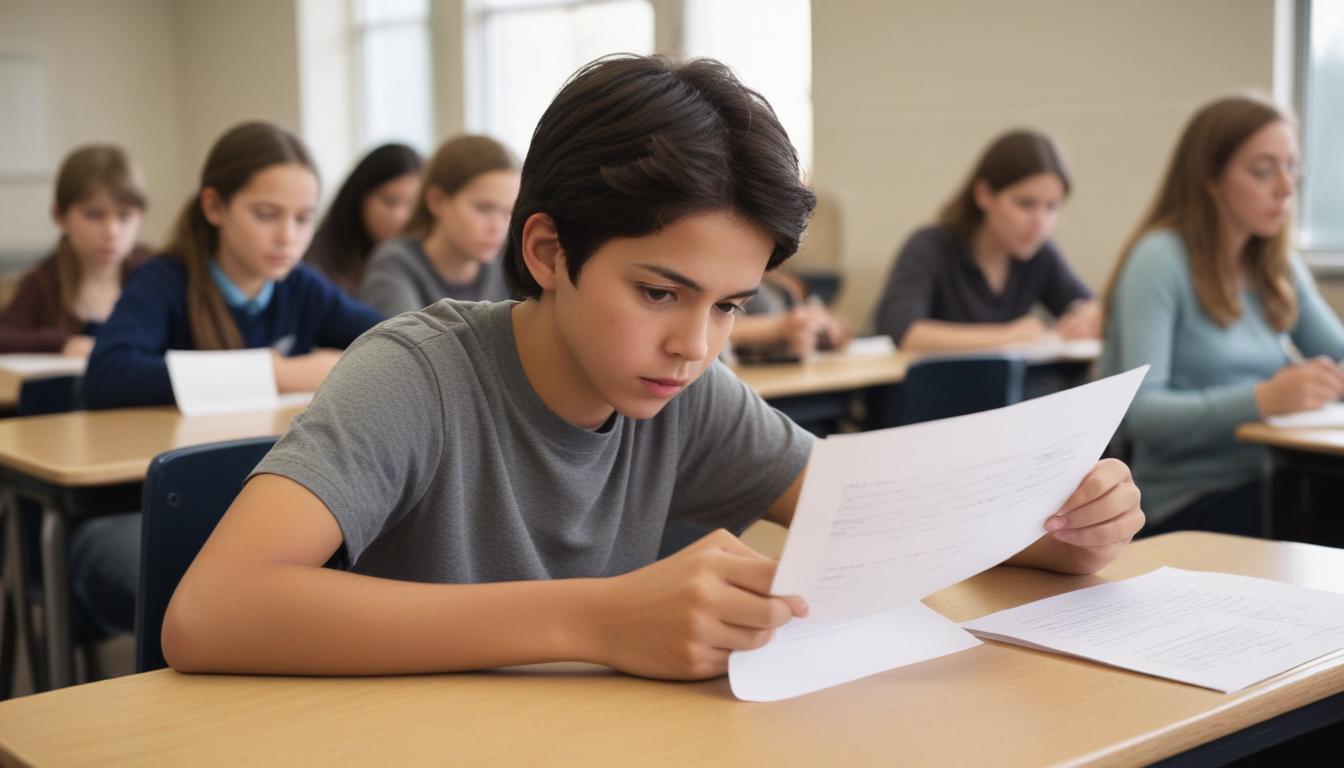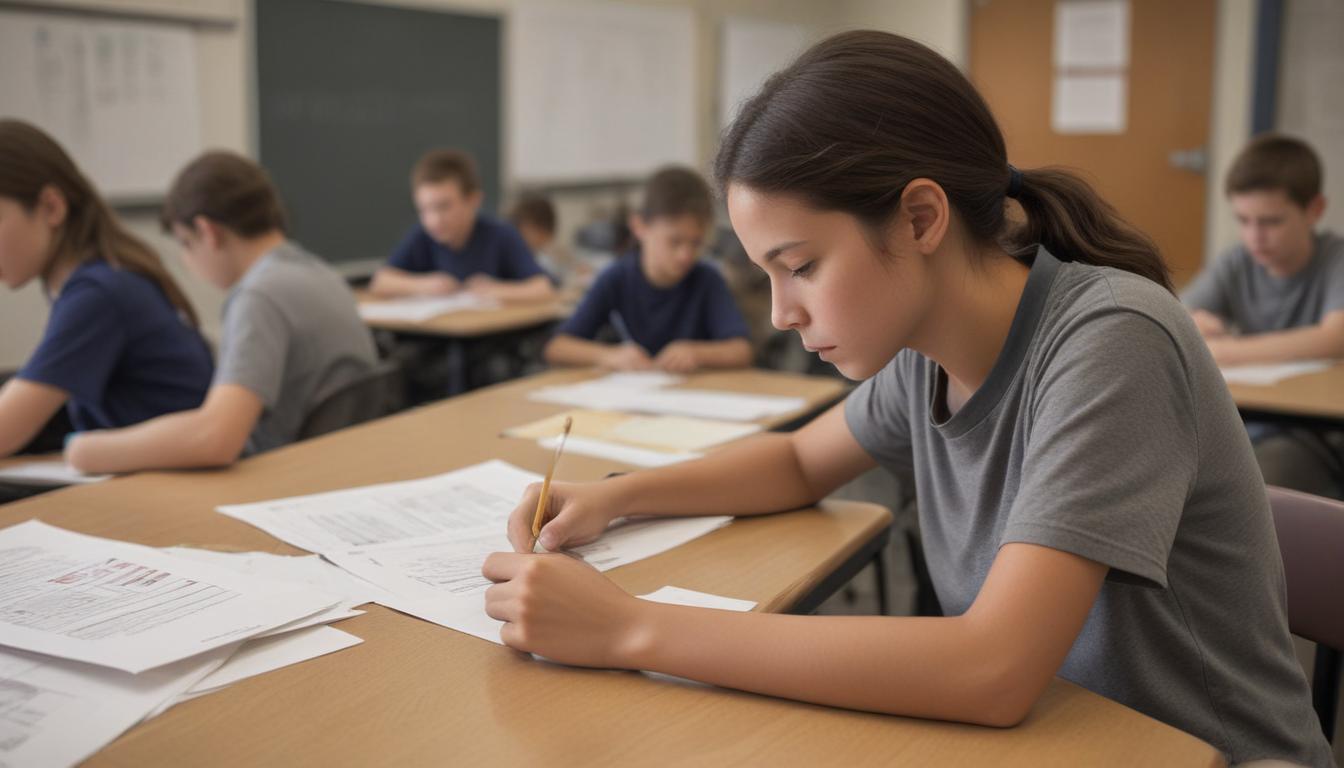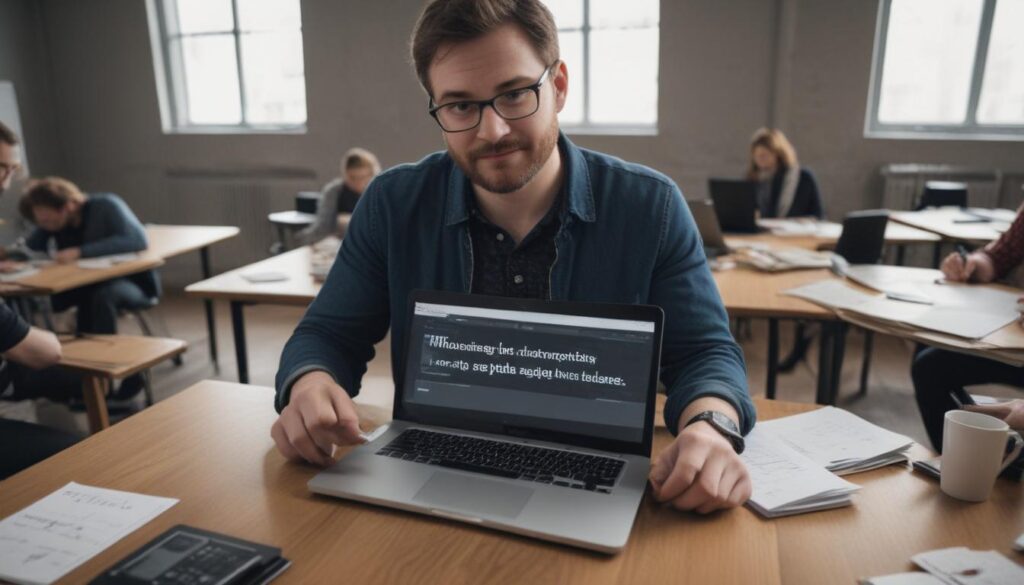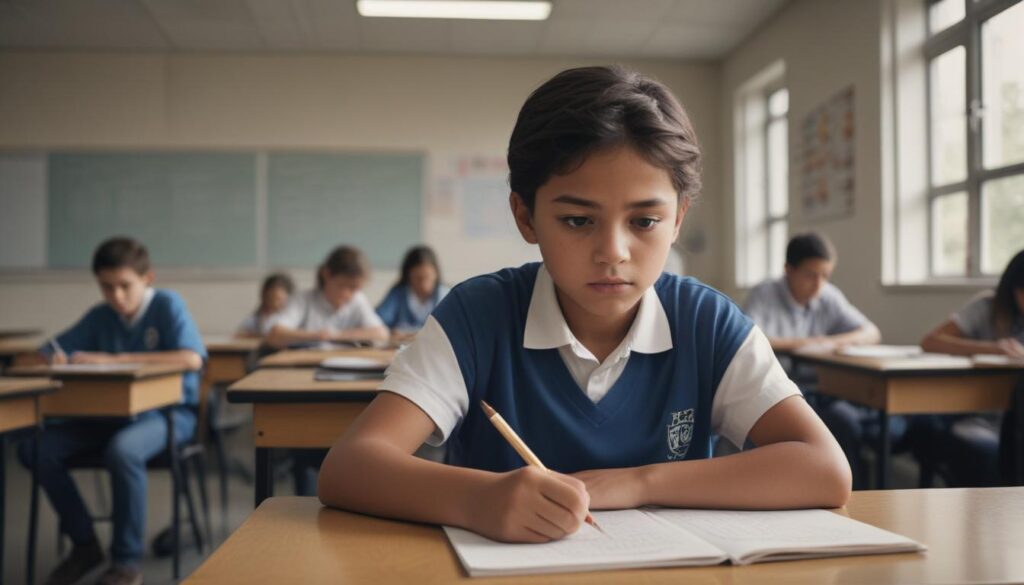Now Reading: Feedback Fuels Student Growth
- 01
Feedback Fuels Student Growth
Feedback Fuels Student Growth

Unlocking Potential How Effective Feedback Fuels Student Growth
The Role of Feedback in Student Growth
Have you ever spent hours carefully marking an assignment, only to see the student glance at the grade and toss the paper aside? It is a deeply frustrating experience for any educator or parent. You see the potential, you know they can improve, but your comments seem to vanish into thin air. This disconnect often stems from a fundamental misunderstanding of what feedback is for. We are taught to see it as a final judgment, a red pen that highlights failure. But what if we reframed it? What if feedback was not the end of the learning process, but the very beginning of the next stage of growth?
The solution lies in shifting our perspective. Effective feedback is not about pointing out what went wrong; it is a powerful tool for dialogue, development, and building a student’s confidence. It is the bridge between their current understanding and their future potential. When delivered thoughtfully, feedback transforms from a critique into a conversation, empowering students to see challenges not as roadblocks, but as opportunities. This approach moves beyond simple correction and cultivates a resilient, motivated learner who is ready to engage with their own educational journey.
Beyond the Red Pen Shifting from Correction to Connection
For generations, the model for feedback was simple and direct it was about correction. The teacher, as the expert, identified errors and marked them for the student to see. While well-intentioned, this method often has the unintended consequence of fostering a fixed mindset. A student who consistently sees their work covered in red ink may conclude, “I’m just not good at math,” or “I’ll never be a good writer.” The feedback becomes a label, a confirmation of perceived inadequacy, which can lead to defensiveness, anxiety, and a reluctance to try again for fear of failure.
True, transformative feedback moves from correction to connection. It is an empathetic process that seeks to understand where the student is and provide a clear, supportive path forward. This type of feedback builds trust. It tells the student, “I see your effort, and I am here to help you take the next step.” Instead of focusing solely on the final product, it addresses the process, the strategies used, and the thinking behind the work. This shift helps preserve the student’s self-worth while encouraging them to take intellectual risks, knowing that their effort will be acknowledged and their missteps will be treated as valuable learning moments.

The Core Principles of Effective Feedback
To make feedback a tool for genuine growth, it must be crafted with purpose and intention. Simply telling a student to “try harder” is not enough. Effective feedback is built on a foundation of clear, actionable principles that turn abstract advice into a concrete plan for improvement. These principles ensure that the student not only understands the feedback but feels equipped and motivated to use it.
Make It Timely and Specific
The impact of feedback is directly tied to its timing. Comments provided days or weeks after an assignment is completed lose their power, as the student has already moved on and the context of their effort has faded. The most effective feedback is delivered while the work is still fresh in the student’s mind. This immediacy allows them to connect the advice directly to the choices they made, making the learning experience more vivid and memorable. Whether it is a quick verbal comment in class or a prompt digital note, timely interaction keeps the learning cycle active.
Furthermore, feedback must be specific. Vague praise like “Good job!” or generic criticism like “This needs more detail” are unhelpful. A student needs to know exactly what was good and what requires more detail. For example, instead of “Good essay,” try, “Your introductory paragraph was powerful because your thesis statement clearly outlined the three main points you were going to make.” Instead of “Needs work,” try, “Your argument here is interesting, but it could be stronger if you included a specific piece of evidence from the text to support your claim.” This level of detail gives the student a tangible target for their next attempt.
Focus on Growth Not Just Grades
Effective feedback is a cornerstone of fostering a growth mindset, the belief that abilities can be developed through dedication and hard work. To support this, feedback should be framed around the process of learning and effort rather than innate talent. It should separate the student’s performance on a single task from their identity as a learner. The feedback is about the work, not the person. This distinction is crucial for building resilience.
When a student understands that the feedback is designed to help them grow, they become more receptive to it. Frame your comments with the future in mind. For instance, “I noticed you used a new formula to solve this problem, which was a great risk to take. It didn’t quite work out this time, but let’s look at why so you can master it for the next quiz.” This approach celebrates effort, normalizes mistakes as part of the learning process, and reinforces the idea that improvement is always possible.
Create a Feedback Loop
Feedback should never be a one-way street. The most powerful learning occurs when feedback initiates a continuous cycle of improvement, known as a feedback loop. This means that after providing comments, you must create a structured opportunity for the student to apply them. Without this crucial step, even the most brilliant feedback is just information. The loop is what turns information into understanding and skill.
There are many ways to close the loop. You can ask students to revise a paragraph based on your comments, submit a corrected version of a math problem, or write a short reflection on what they will do differently on the next project. Asking a simple question like, “Based on this feedback, what are two things you will focus on next time?” can make a world of difference. This practice shifts the student from a passive recipient of criticism to an active participant in their own growth, giving them ownership over their learning journey.




































